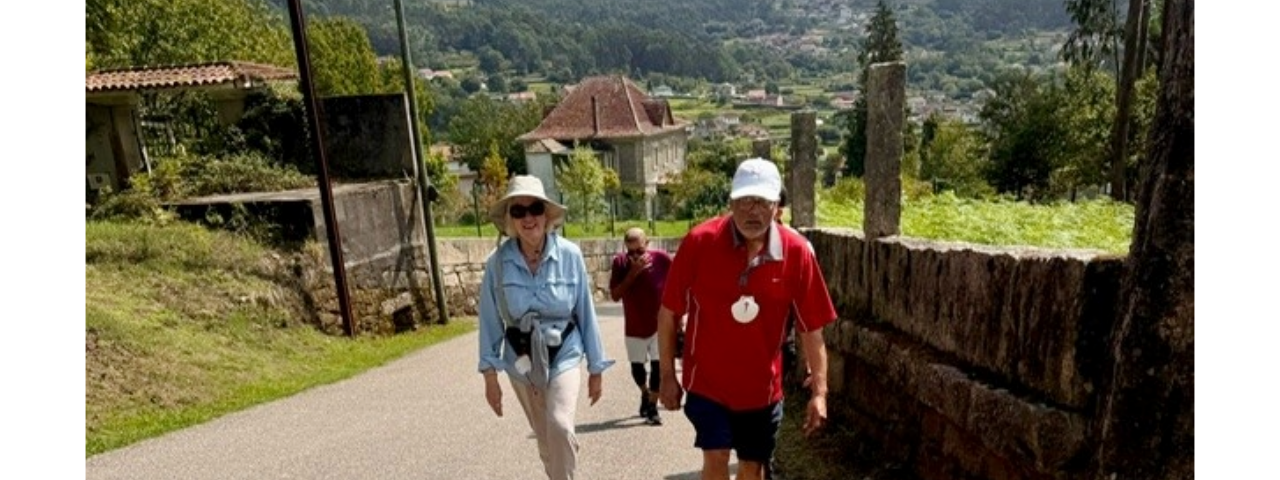Body
The most common movement disorder in children, Cerebral Palsy (CP), affects approximately 750,000 people in the United States. Unlike other neuromuscular conditions that are gene- or muscle-based, CP results from a non-progressive brain injury or malformation that occurs while a child’s brain is still developing (e.g., before, during or immediately after birth). As a result, the disorder can impair development in areas such as body movement, muscle tone, posture and balance.
Although the cause of CP remains a mystery, researchers at Shirley Ryan AbilityLab are at the forefront of those working to understand and treat this life-long neurological disorder.
Microscopic images of muscle structure. Decreased number of muscle stem cells are associated with smaller muscles and changes (fibrosis) similar to that seen in muscle contractures.
Mentioned Profile

Richard L. Lieber, PhD
Chief Scientific Officer & Senior Vice President of ResearchBody
Leading the charge is Shirley Ryan AbilityLab Chief Scientific Officer Richard L. Lieber, Ph.D. Lieber is the pre-eminent expert on the science and physiology of skeletal muscle and has assembled a prominent team with expertise ranging from muscle physiology, stem cells and cell biology to translating animal-model research for human application.
Treating CP presents a central paradox, however. Children with the disorder have abnormally thin, small and stiff muscles, and most treatments aim to stretch, strengthen and heal the muscle tissue. Unfortunately, one characteristic feature of CP is “contracture,” or abnormal shortening of the muscle tissue, a factor that renders the muscle stiff and highly resistant to stretching.
“In a 2013 study, we made the startling observation that the satellite cell population in children with muscle contractures had dropped,” says Lieber. (Satellite cells are the resident skeletal muscle stem cells, and are essential for growth, repair and regeneration of muscle tissue.)
“This revelation totally changed my mind about muscle functioning,” explains Lieber. “CP is caused by a brain injury; it’s a central nervous system problem. How does a brain injury cause abnormality in muscle stem-cell population? If we could answer that question, not only would it help people with CP, but it would also help others with a host of central nervous system disorders.”
Lieber and his team took a first step toward answering that question in a new, breakthrough study, the findings from which were recently published in Muscle & Nerve. Based on Lieber’s previous findings that satellite cells are decreased in CP contractures, his research team used a transgenic mouse model to “artificially” decrease stem cell number by 60 percent (to mimic the lowered count in children with CP), and then tested whether contractures would form.
Mentioned Profile

Sudarshan Dayanidhi, PT, PhD
Research Scientist Assistant ProfessorBody
“After artificially decreasing stem cell number in mice, contractures did form,” says Lieber. “This discovery suggests that not only are stem cells likely decreased in human muscle contractures, but they may also be part of the ‘cause’ of contractures. Until now, there was no animal model of human muscle contracture, which greatly inhibited our ability to develop novel treatments.”
Specifically, the most important breakthrough was identifying a biological mechanism that may cause muscle contracture in people with diseases or injuries such as cerebral palsy, muscular dystrophy, stroke or spinal cord injury, among others. “The closer we get to understanding the cause, the closer we get to novel treatments and cure,” says a co-author Sudarshan Dayanidhi, P.T., Ph.D., and research scientist at Shirley Ryan AbilityLab.
The Shirley Ryan AbilityLab team is already testing their hypothesis in humans and investigating novel ways to restore or reverse the decrease in satellite cells. They’re also exploring new applications for their discoveries. For example, although the focus of recent studies has been treating children with CP, the team has begun applying what they’re learning in treating stroke patients. By taking muscle biopsies from these patients, they hope to identify the point at which their muscles started losing satellite cells after the stroke.
Lieber’s team is eternally curious about “cross-pollination” — keeping up with developments in other fields to build upon discoveries — in cancer research or fiber optics, for example.
“We’re using state-of-the-art methods and equipment in biology and many other disciplines to understand disease mechanism and then leveraging breakthroughs, wherever we find them,” says Lieber. “In this way, we can bring the latest knowledge to helping our patients achieve better outcomes, faster — and we can also share what we’re learning with the global community.”
Future Shirley Ryan AbilityLab studies under consideration will explore effective ways of reducing muscle contractures, improving muscle growth and restoring satellite cell function using a combination of animal and human studies.

